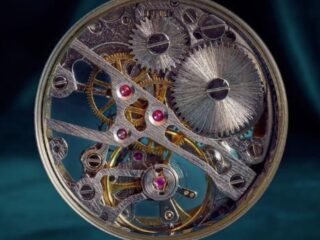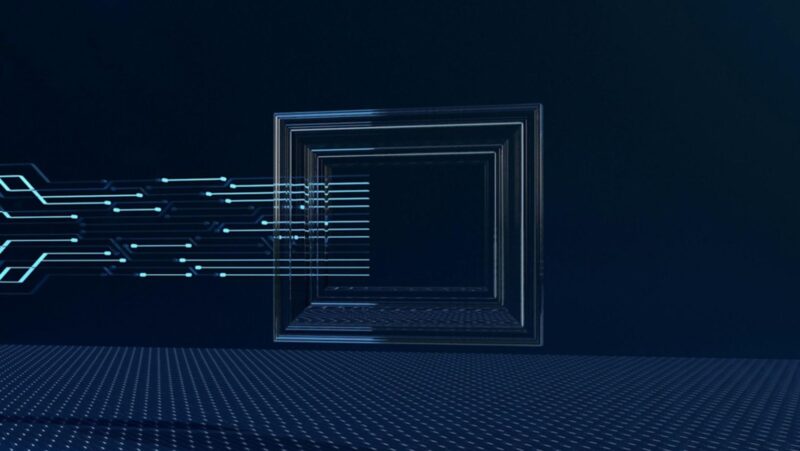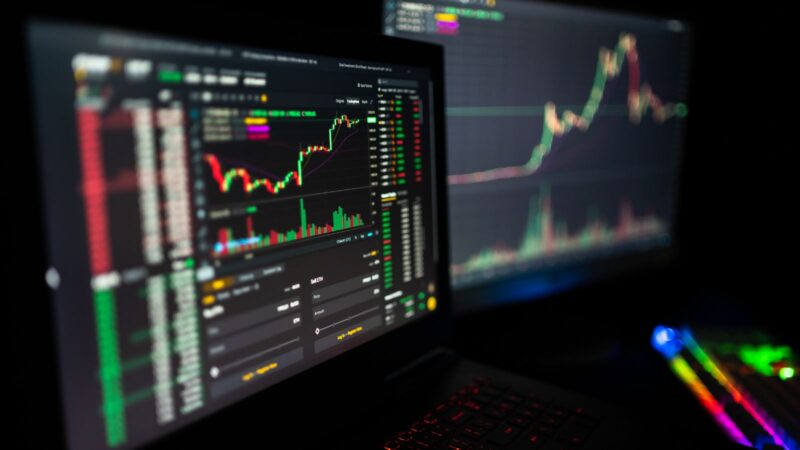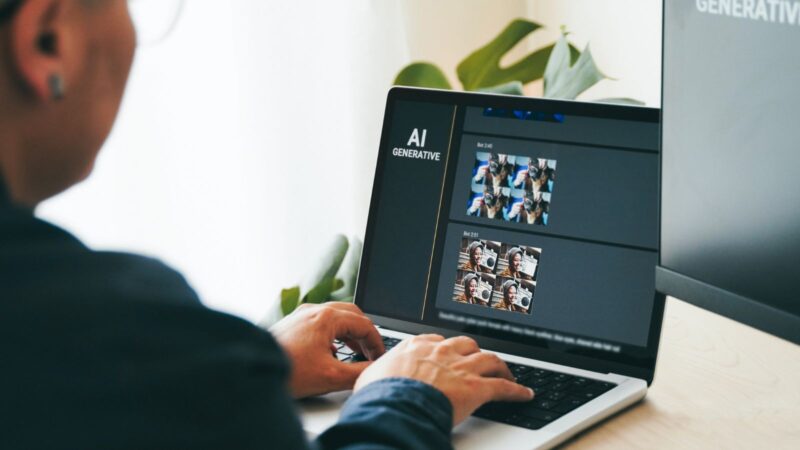

The advent of AI in the realm of art and imagery has revolutionized the way we create, perceive, and consume visual content. However, this technological advancement has also brought forth a plethora of ethical questions, especially when it comes to AI-generated nude images. Websites like AINudeGirls.io have sparked heated debates about the ethical implications of such content, particularly concerning issues of consent, privacy, and the moral responsibilities of creators and consumers alike.
Addressing the Ethical Implications of AI in Art
The intersection of artificial intelligence and art presents a new frontier for creativity, but it also introduces significant ethical challenges. AI-generated art, particularly that which involves nudity or other sensitive content, raises concerns about exploitation, objectification, and the potential for misuse. As AI becomes more sophisticated, the line between what is considered art and what is deemed unethical becomes increasingly blurred.
One of the primary ethical concerns revolves around the potential for AI to create realistic images of individuals without their consent. Even if the images are entirely fictional, they can still evoke discomfort and raise questions about the intentions behind their creation. In many cases, these images can be used in ways that violate the privacy and dignity of individuals, leading to significant harm.
The Debate Over Consent in AI-Generated Imagery
Consent is a cornerstone of ethical considerations in the creation and distribution of nude imagery. However, AI-generated content complicates this issue. In traditional photography or art, obtaining consent from the subject is a clear and necessary step. But when AI creates images from scratch, often using data from various sources, the question of whose consent is required—and whether consent is even possible—becomes murky.
The debate over consent in AI-generated imagery centers on several key points:
- Data Sources: AI models are often trained on vast datasets that include images scraped from the internet, sometimes without the knowledge or consent of the individuals depicted. This raises ethical concerns about the use of personal data, and the lack of control individuals have over their likeness being used in such a manner.
- Fictional vs. Real: Even if an AI-generated image does not depict a real person, the question of consent remains. The depiction of a fictional individual, especially in a sexualized or nude context, can still carry ethical implications, particularly if the image is used in ways that could be harmful or exploitative.
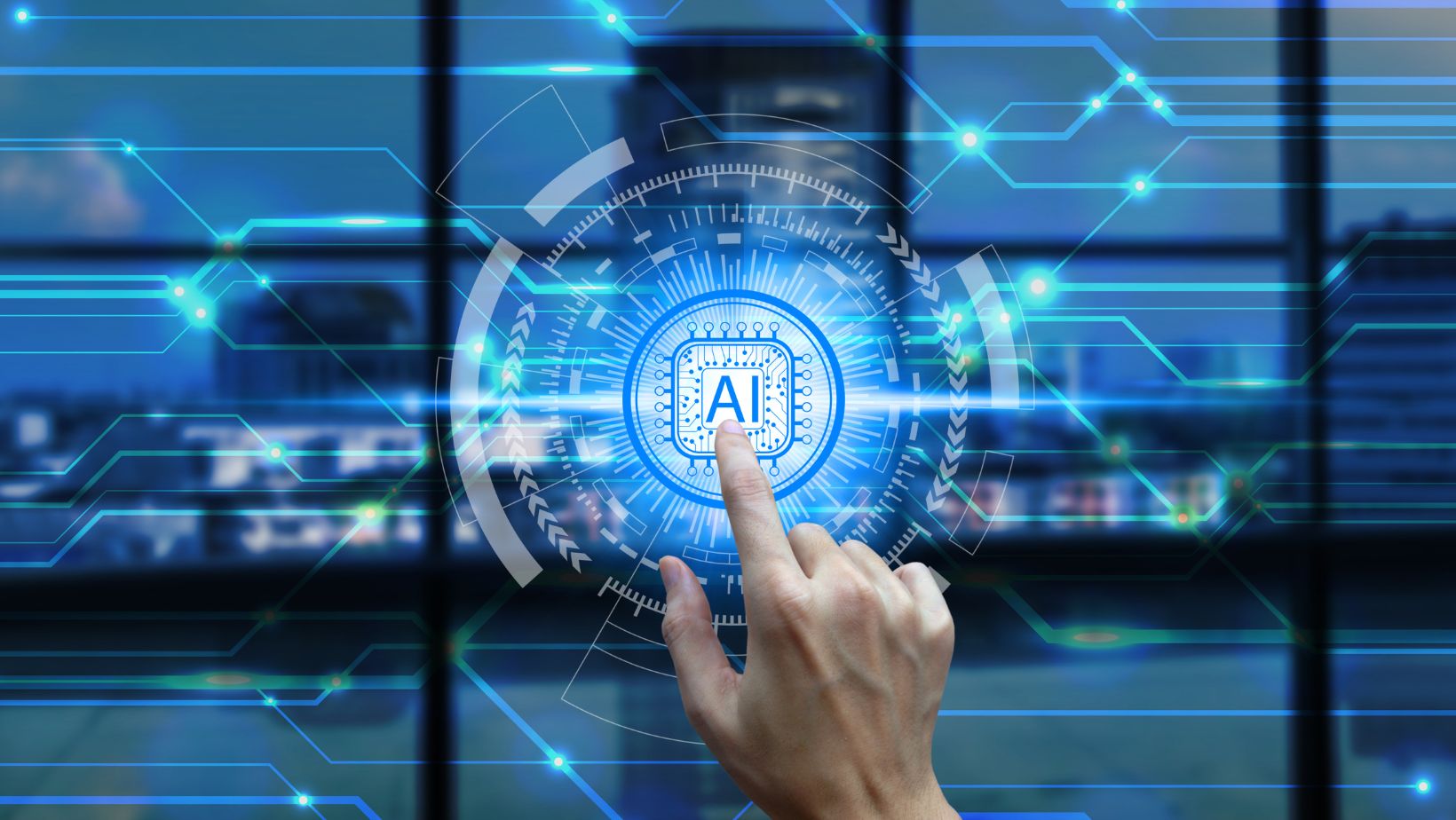
- Intent and Impact: The intent behind creating and sharing AI-generated nude images plays a crucial role in the ethical debate. Even if the images are not intended to harm, their impact on viewers and on societal norms regarding privacy and consent cannot be ignored.
Legal and Moral Challenges in AI-Created Art
The legal landscape surrounding AI-created art, particularly in the context of nude imagery, is still evolving. Current laws may not fully address the complexities introduced by AI, leaving gaps that could be exploited by those looking to profit from or misuse such technology.
Legal Considerations
- Copyright and Ownership: One of the significant challenges is determining who holds the rights to AI-generated art. If an AI creates an image based on a dataset of existing works, questions arise about the ownership of the resulting piece and whether it infringes on the copyrights of the original creators.
- Privacy Laws: The use of AI to generate nude images raises concerns about privacy violations, particularly if the images resemble real individuals or are created using personal data. Current privacy laws may not adequately protect individuals from having their likeness used in AI-generated content without their consent.
- Regulation of Content: Governments and legal bodies are beginning to consider how to regulate AI-generated content, especially in the context of pornography and other sensitive material. However, creating effective regulations that balance the protection of individual rights with the freedom of artistic expression is a complex task.
Moral Considerations
Beyond legal challenges, there are significant moral questions to consider:
- Responsibility of Creators: Those who develop and use AI tools to create art must consider the ethical implications of their work. This includes being mindful of how their creations might be used and the potential harm they could cause.
- Impact on Society: AI-generated nude images can contribute to the normalization of certain harmful behaviors, such as the objectification of individuals or the trivialization of consent. Artists and creators must consider the broader impact of their work on societal norms and values.
- Accountability: Holding creators accountable for the misuse of AI-generated content is challenging, particularly when the content is shared anonymously or through decentralized platforms. This lack of accountability can lead to a proliferation of unethical or harmful content.
The Future of Ethical Standards in Digital Art
As AI continues to advance and become more integrated into the creation of digital art, the need for clear ethical standards becomes increasingly urgent.
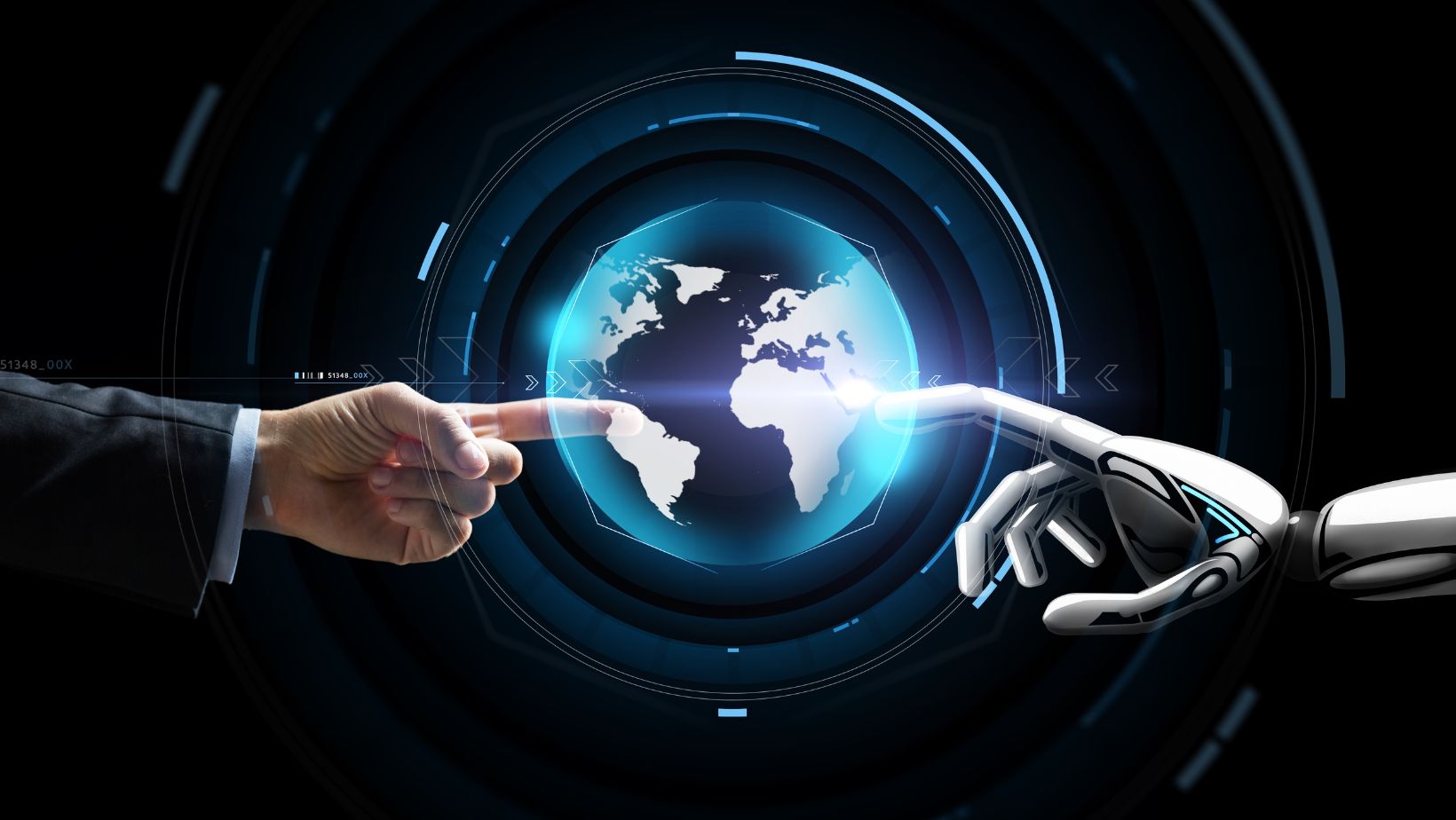
The future of digital art, particularly when it involves sensitive content like nude imagery, will depend on the development and enforcement of these standards.
Developing Ethical Guidelines
Industry leaders, artists, and ethicists must work together to create guidelines that address the unique challenges posed by AI-generated art. These guidelines should cover areas such as consent, privacy, and the responsible use of AI technology. Additionally, they should consider the potential impact of AI-generated content on society and strive to prevent the misuse of such technology.
Education and Awareness
Raising awareness about the ethical implications of AI in art is crucial. This includes educating both creators and consumers about the potential risks and responsibilities associated with AI-generated content. By fostering a greater understanding of these issues, we can help ensure that the use of AI in art is guided by ethical principles.
Collaboration and Regulation
Finally, collaboration between tech companies, legal bodies, and artists will be essential in shaping the future of ethical standards in digital art. This includes developing regulations that protect individual rights while allowing for creative expression, as well as creating platforms that promote responsible use of AI technology.
The integration of AI into the world of art, especially in the creation of nude imagery, presents both exciting opportunities and significant ethical dilemmas. Websites like AINudeGirls.io highlight the importance of addressing these issues head-on. As we move forward, it will be essential to develop and enforce ethical standards that balance innovation with responsibility, ensuring that the future of digital art is both creative and respectful of the rights and dignity of all individuals.





